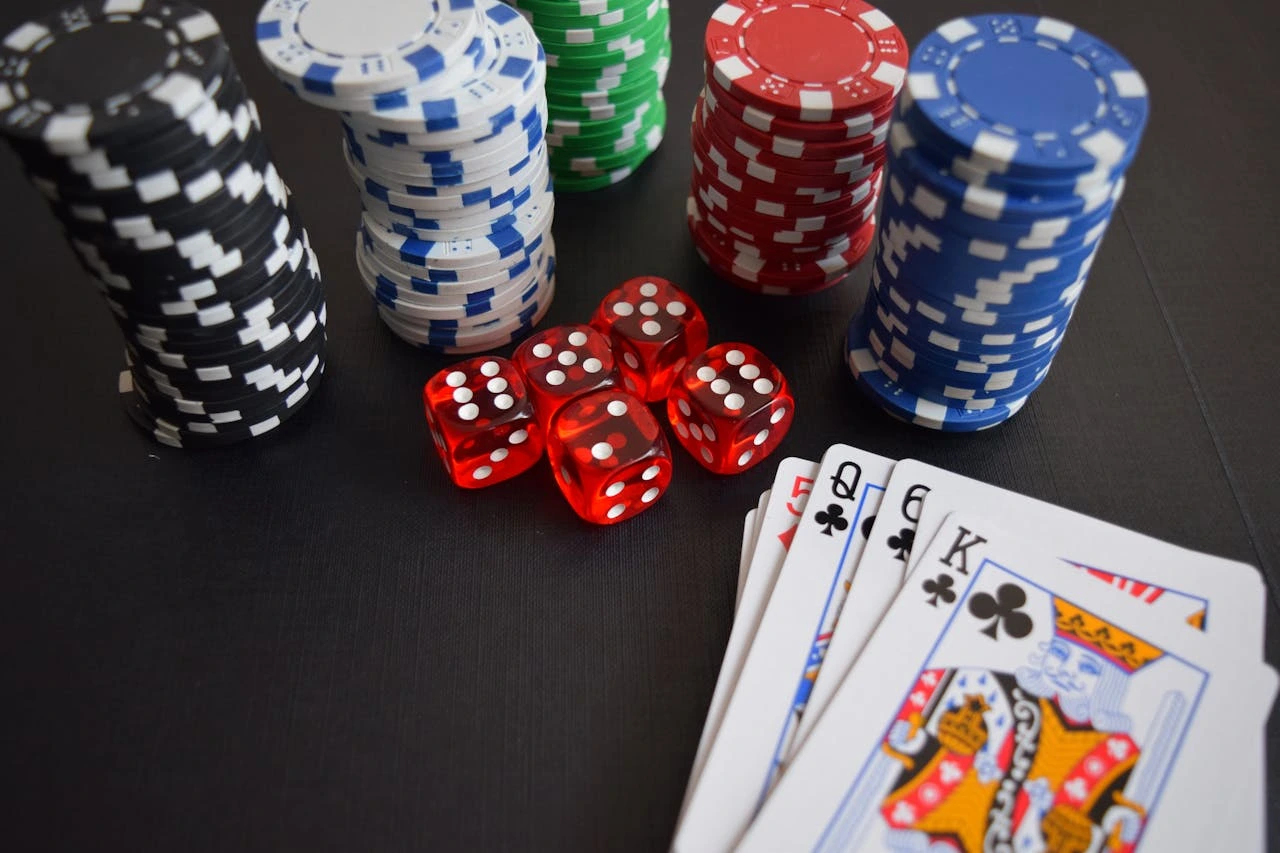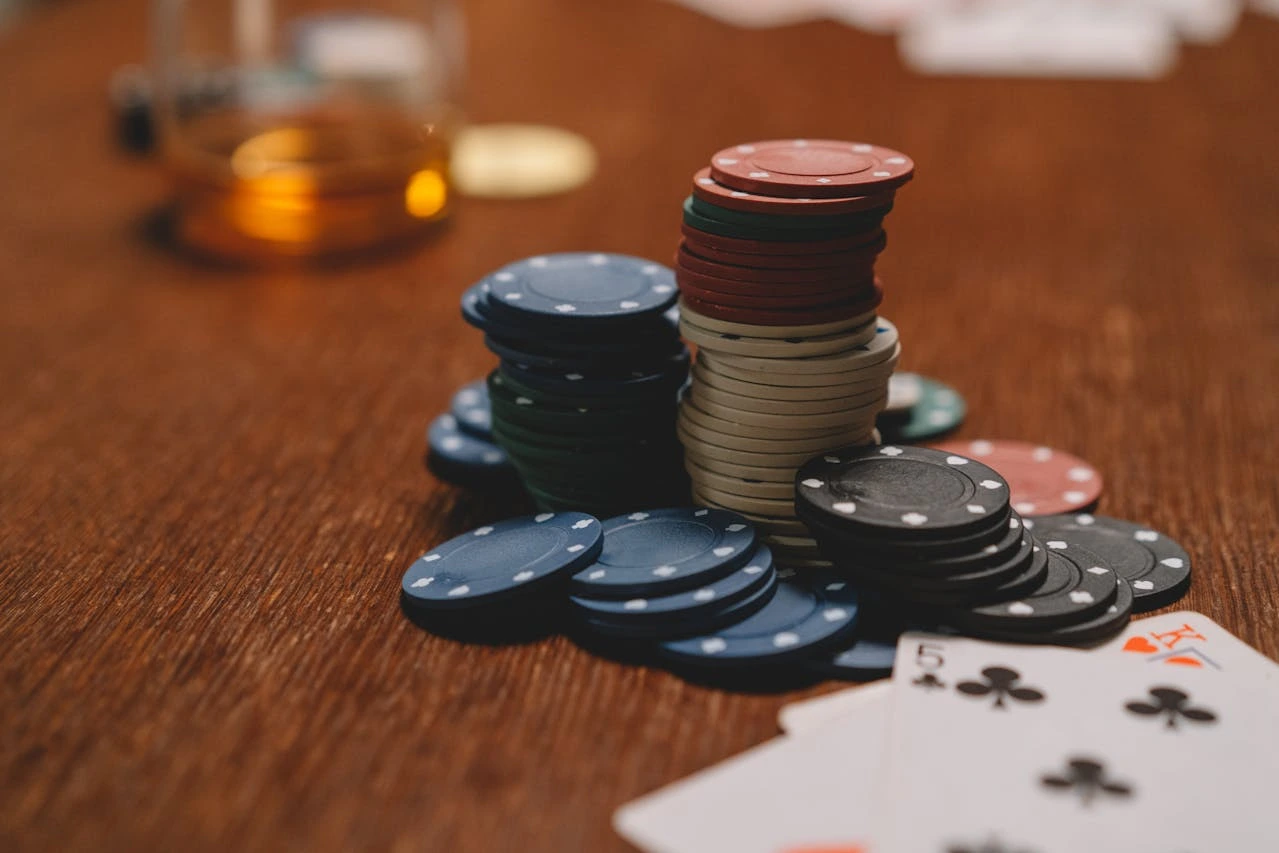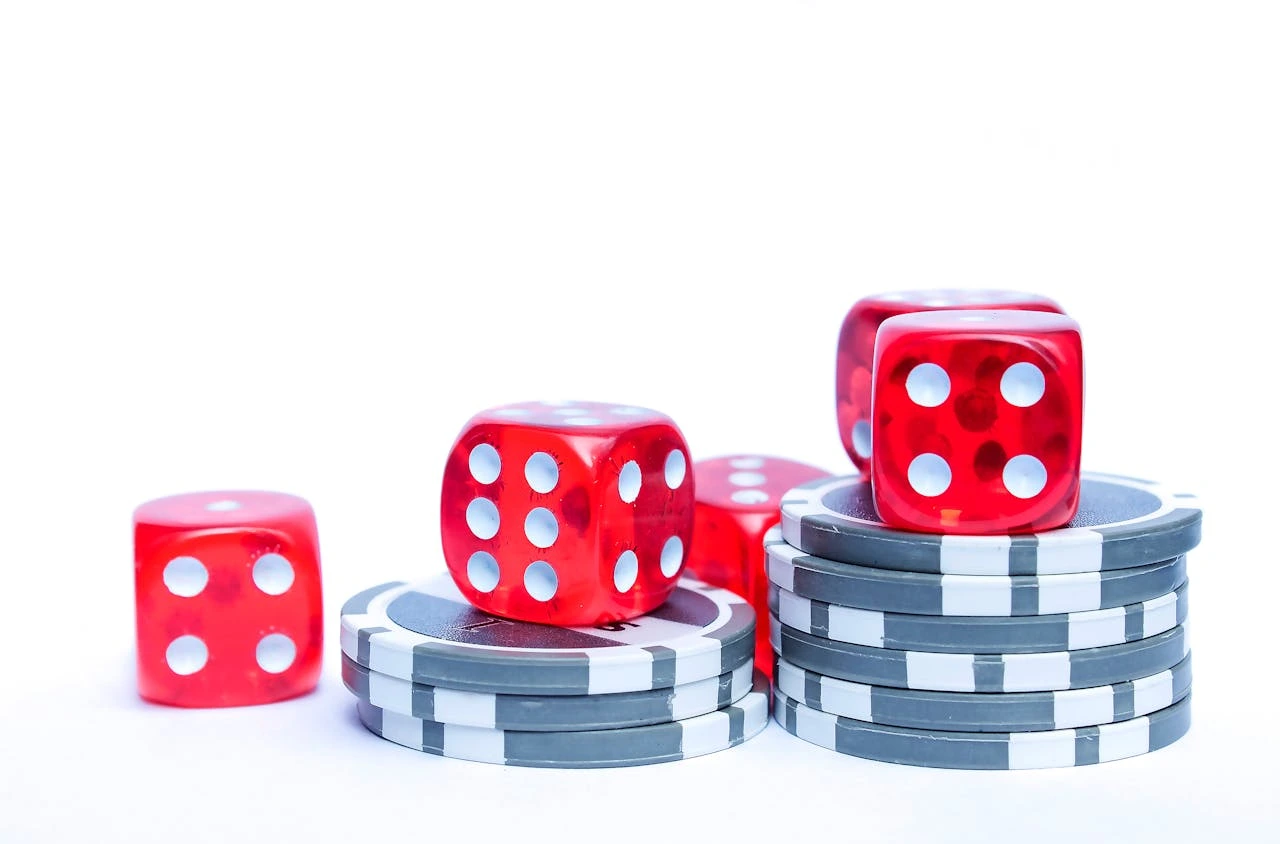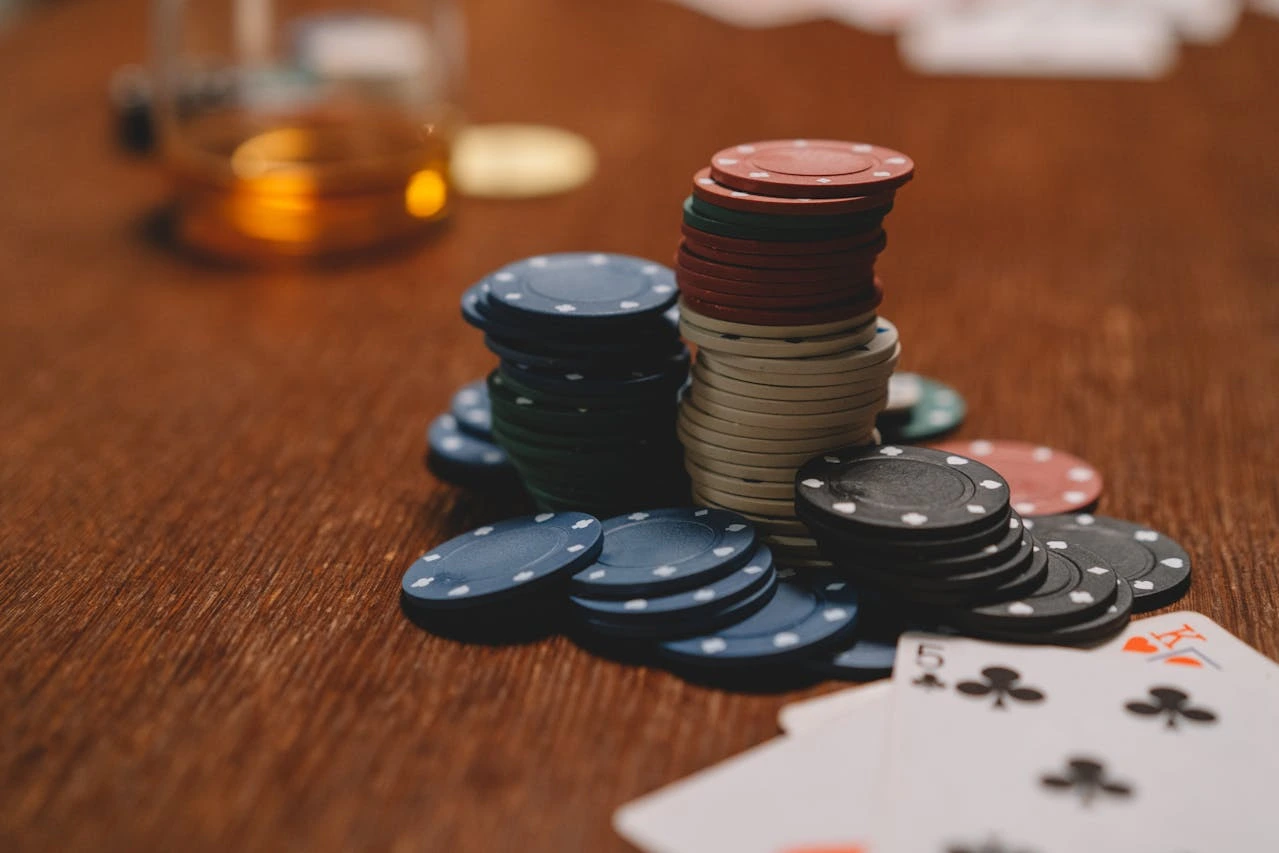In card games, understanding the odds is crucial to making smart decisions, improving your strategy, and increasing your chances of winning. Whether you’re playing poker, blackjack, rummy, or bridge, knowing the probability of certain events happening can help you gain an edge over your opponents. In this guide, we’ll break down how odds work in card games and how you can use them to your advantage.
What Are Odds in Card Games?
Odds represent the probability of a specific event occurring in a card game. They help players make informed decisions rather than relying purely on luck. Odds can be expressed in different ways:
- Fractional Odds (e.g., 2/1) – Common in gambling, showing the likelihood of winning relative to losing.
- Percentage Odds (e.g., 33%) – Expressed as a percentage chance of an event occurring.
- Ratio Odds (e.g., 4:1) – Showing the chances of an event happening versus not happening.
By understanding these odds, players can calculate their chances of drawing a needed card, hitting a winning hand, or making a profitable bet.
Probability in Poker
Poker is a game where understanding odds is essential. Here are some common poker probabilities:
- Hitting a Flush Draw (when you have four suited cards): About 36% (or 1 in 3 times) by the river.
- Hitting a Straight Draw (open-ended, needing one of eight cards): About 32% by the river.
- Getting Pocket Aces: The probability of being dealt pocket Aces in Texas Hold’em is 1 in 221 hands (0.45%).
By calculating these odds, players can decide whether to call, fold, or raise based on expected value (EV).
Blackjack and the House Edge
Blackjack is another card game where probability plays a key role. Here are some key odds in blackjack:
- Chance of Busting on a Hit: If you have 16, there’s a 62% chance of busting if you hit.
- Dealer Bust Probability: The dealer busts about 28% of the time when showing a 6.
- Winning with Basic Strategy: If you follow basic strategy, the house edge is reduced to 0.5% or lower.
Understanding these probabilities helps players make better decisions on when to hit, stand, double down, or split.
Using Odds to Improve Your Gameplay
- Know When to Take Risks – If the odds of winning a hand are in your favor, take advantage of it.
- Use Expected Value (EV) – Make decisions based on whether a move will be profitable in the long run.
- Practice and Learn – The more you understand probabilities, the better decisions you’ll make.
Conclusion
Mastering odds and probabilities in card games can significantly improve your results. Whether you’re calculating poker outs, managing risks in blackjack, or optimizing strategy in rummy, understanding the numbers gives you a competitive edge. The next time you play, think beyond luck and use the odds to make smarter moves!












